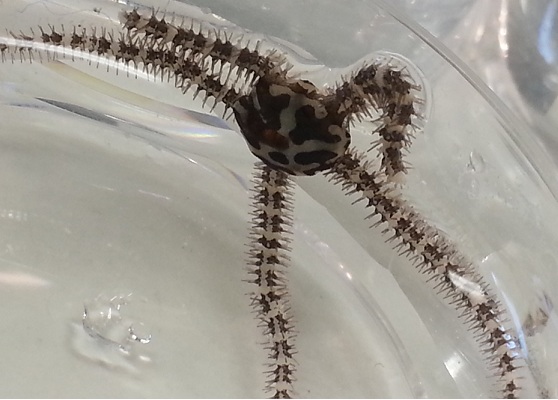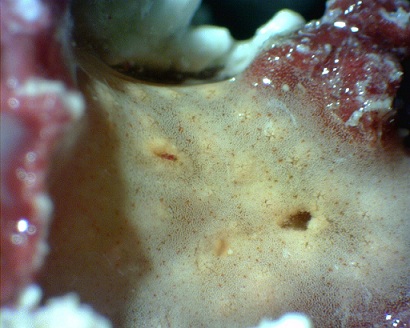Ecology
This soft coral is a strictly marine species that inhabits shallow waters and can be found in dephts as deep as 20 meters. They are normally found in sheltered areas but it is not unsual for them to be in exposed reef locations and reef flats.
They are a zooxantalate species, which means that they have symbiotic algae living inside thei tissue. Those algae can provide nutrients for the coral through photosynthesis while they use the animal as a shelter, having easy access to sunlight. But that's not the only way these corals obtain energy, they can also capture plankton and other organic particles in the water column passively or using their tentacles. They reach their metabolic need for carbon 130% from photosynthesis, 40% from predating zooplankton, 38% from bacterioplankton and 13% from dissolved organic matter (Sorokin 1991). When cultivated they can be fed with Artemia nauplii.
The colony is served as shelter to many cryptic species on the reef flat. The invertebrate community living within the tubes of the T. musica seemed to be using it only as their habitat, causing no apparent damage to the coral structure.

On asingle colony collected in Heron Island, measuring about only 10 centimeters in length, 8 phyla could be observed.
|
Phylum
|
Subphylum
|
Class
|
Abundance
|
|
Echinodermata
|
|
Ophiuroidea
|
2 species; Very abundant
|
|
|
|
Holoturoidea
|
Only 1 individual
|
|
Nemertea
|
|
|
2 species; Moderately abundant
|
|
Molluca
|
|
Gastropoda
|
1 species; Moderately abundant
|
|
Annelida
|
|
|
Several species; Very abundant
|
|
Sipuncula
|
|
|
2 species; Moderately abundant
|
|
Arthropoda
|
Crustacea
|
|
4 species; Very abundant
|
|
Porifera
|
|
|
3 species; Moderately abundant
|
|
Chordata
|
|
Ascidia
|
1 species; Moderately abundant
|
 
 
Crustaceans living inside a colony

Nemertea
 
Echinodermata
 
Mollusca

Porifera
|